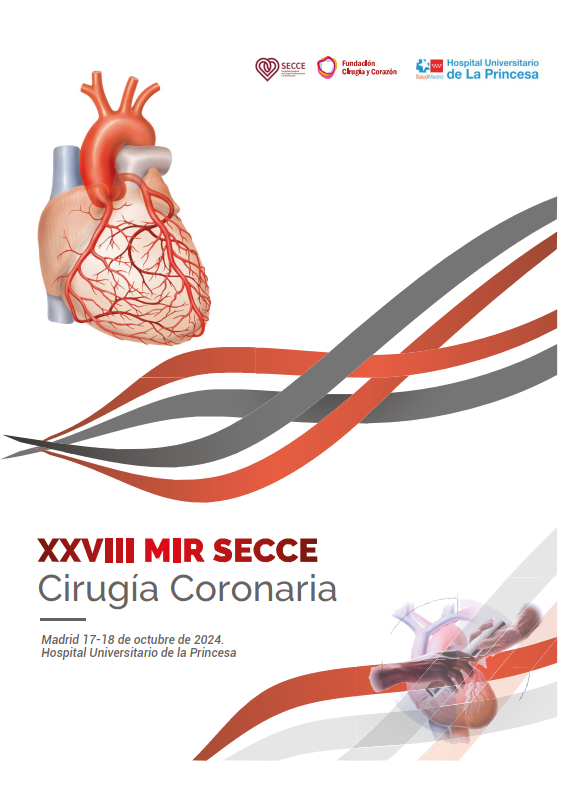The number of adults living with congenital heart disease (CHD) has increased steadily over recent decades. Thanks to major advances in medical and surgical care, most children who undergo correction or palliation now reach adulthood, forming a complex cohort with anatomical and functional sequelae that require specialized follow-up and highly accurate diagnostic tools.
Two-dimensional echocardiography (2D echo) has traditionally been the standard imaging modality. However, its limitations are well recognized: dependence on image planes, difficulty in assessing complex structures, and the risk of incomplete interpretation. In this context, three-dimensional echocardiography (3D echo) has emerged as a technique that provides a more comprehensive view of cardiac anatomy, improving diagnostic precision and procedural planning. The current challenge lies in how to integrate this technology into routine clinical practice for these patients.
The document is a consensus scientific statement developed by experts in CHD and cardiovascular imaging, endorsed by both the European Society of Cardiology (ESC) and the European Association of Cardiovascular Imaging (EACVI). It reviews the major applications of 3D echo in adults with CHD—from ventricular volume and function assessment to valve and flow evaluation—while also discussing acquisition and post-processing techniques. The statement critically compares the strengths and weaknesses of 3D echo versus 2D echo, cardiac magnetic resonance (CMR), and computed tomography (CT), integrating quantitative data (e.g., volumes, ejection fraction, gradients) with qualitative recommendations on image interpretation.
What does 3D echocardiography add?
- Ventricles:
3D echo allows for more accurate quantification of ventricular volumes and function. Measurements show excellent correlation with CMR, although they tend to slightly underestimate true volumes. It is therefore essential to use technique-specific reference values, as summarized in the document. 3D echo is now a reliable modality for ventricular assessment, with superior diagnostic and prognostic value compared with 2D echo. Its use should be prioritized in patients with complex ventricular anatomy (pressure or volume overload, systemic right ventricle, single ventricle, among others) and always in experienced centers. - Valves:
3D echo enables real-time visualization of valve morphology, providing detailed assessment of the leaflets and annulus, as well as a more precise characterization of abnormalities such as prolapse or clefts. In valvular stenosis, 3D planimetry allows for accurate analysis of multiple levels of obstruction, a frequent finding in CHD. In regurgitant lesions, it enhances the assessment of flow direction and regurgitant jets, while multiplanar reconstructions permit direct planimetry of the 3D vena contracta area—a particularly valuable feature in cases with non-circular or multiple jets. - Devices and interventions:
The role of 3D imaging is well established in guiding device implantation, septal defect closure, and prosthetic valve assessment.
Overall, the authors’ main conclusion is clear: 3D echocardiography should be incorporated into the routine clinical management of adults with CHD, as an essential complement—not a replacement—to 2D imaging. Its value lies in enhancing, not substituting, comprehensive patient evaluation.
COMMENTARY:
This consensus statement represents a pivotal step toward consolidating 3D echocardiography as a reference tool in the management of adult CHD. From a practical standpoint, it provides much-needed clarity on when to apply this technology routinely. Not every patient requires 3D assessment at every visit, but those with complex or dilated ventricles, repaired or dysfunctional valves, suspected residual septal defects, or those being evaluated for intervention should clearly benefit from it.
One of the most relevant aspects is right ventricular (RV) evaluation. In adults with CHD, the RV is often enlarged or remodeled in an atypical manner. 3D echo, by reconstructing the entire cavity, allows for more reproducible and anatomically faithful quantification. This represents a major advance, as RV function is one of the strongest prognostic determinants in many congenital conditions (e.g., repaired tetralogy of Fallot, systemic RV, and others).
Regarding valve assessment, the “surgeon’s view” provided by 3D projections enables improved planning of valve repairs, particularly valuable in dysplastic atrioventricular valves or those with prior interventions. Furthermore, integrating 3D data into navigation systems for structural interventions opens new possibilities for interventional cardiology.
Another key point raised by the document concerns current limitations. Although 3D echo correlates better with CMR, it still faces technical challenges: need for advanced equipment, dependence on optimal acoustic windows, and post-processing time. These aspects underscore the importance of specialized training for imaging teams.
In conclusion, 3D echocardiography is no longer optional—it has become an essential component in the evaluation of adults with congenital heart disease. Its widespread adoption will lead to more accurate diagnoses, safer procedural planning, and ultimately, higher-quality care in specialized ACHD units.
REFERENCE:
Surkova E, Brida M, Muraru D, van den Bosch A, Elsayed HM, Li W, et al. Three-dimensional echocardiography in adults with congenital heart disease: a scientific statement of the European Society of Cardiology Working Group on Adult Congenital Heart Disease and the European Association of Cardiovascular Imaging of the European. Eur Heart J Cardiovasc Imaging. 2025;26:1244-69. doi:10.1093/ehjci/jeaf105.



